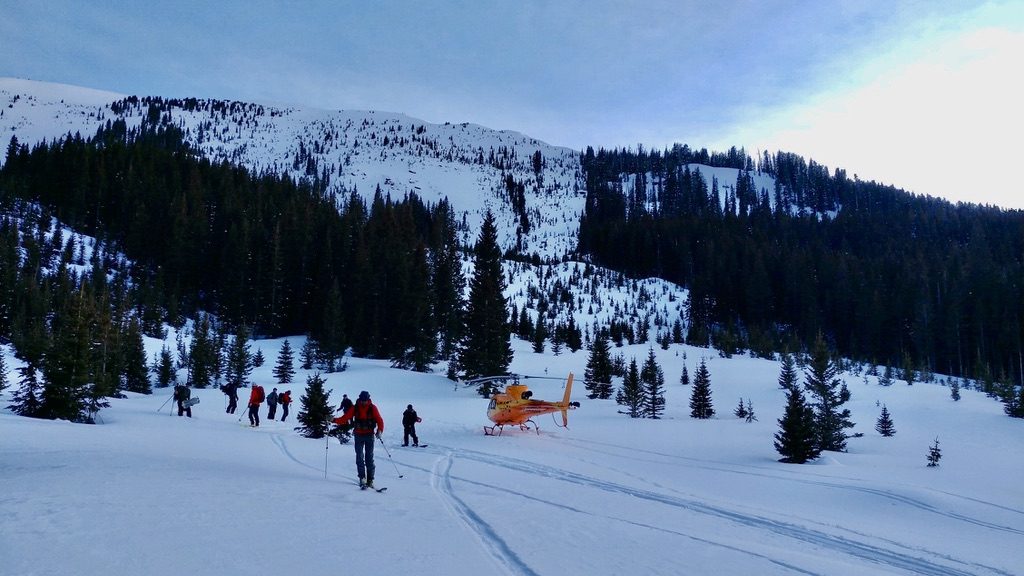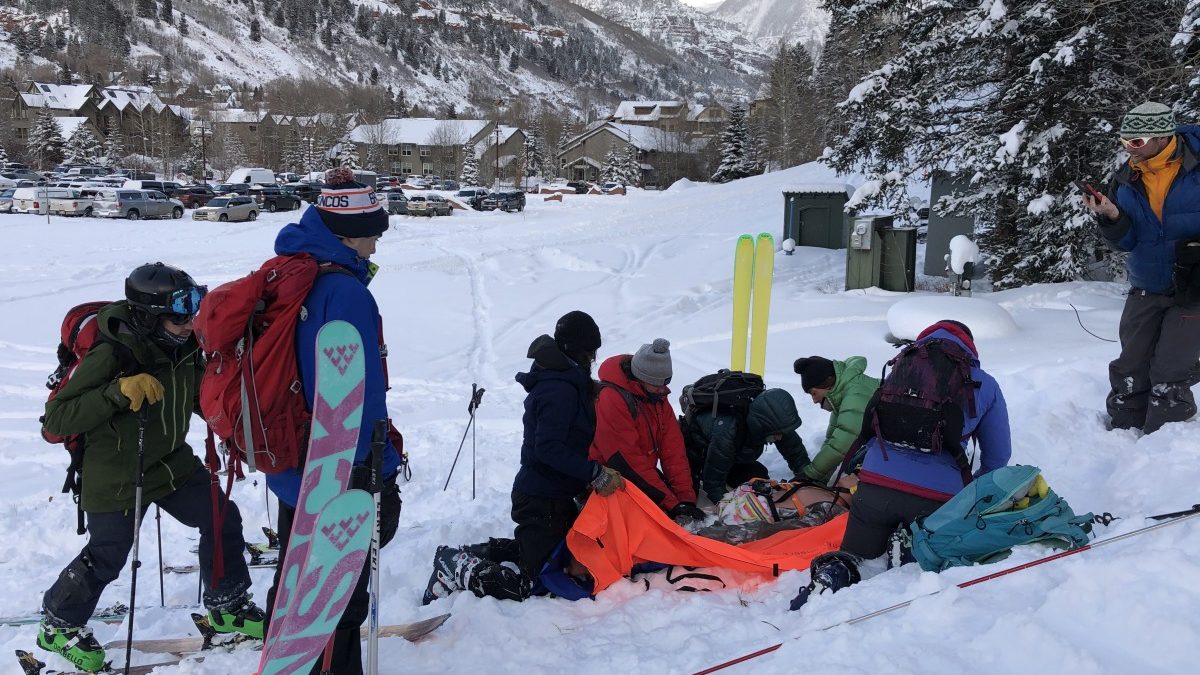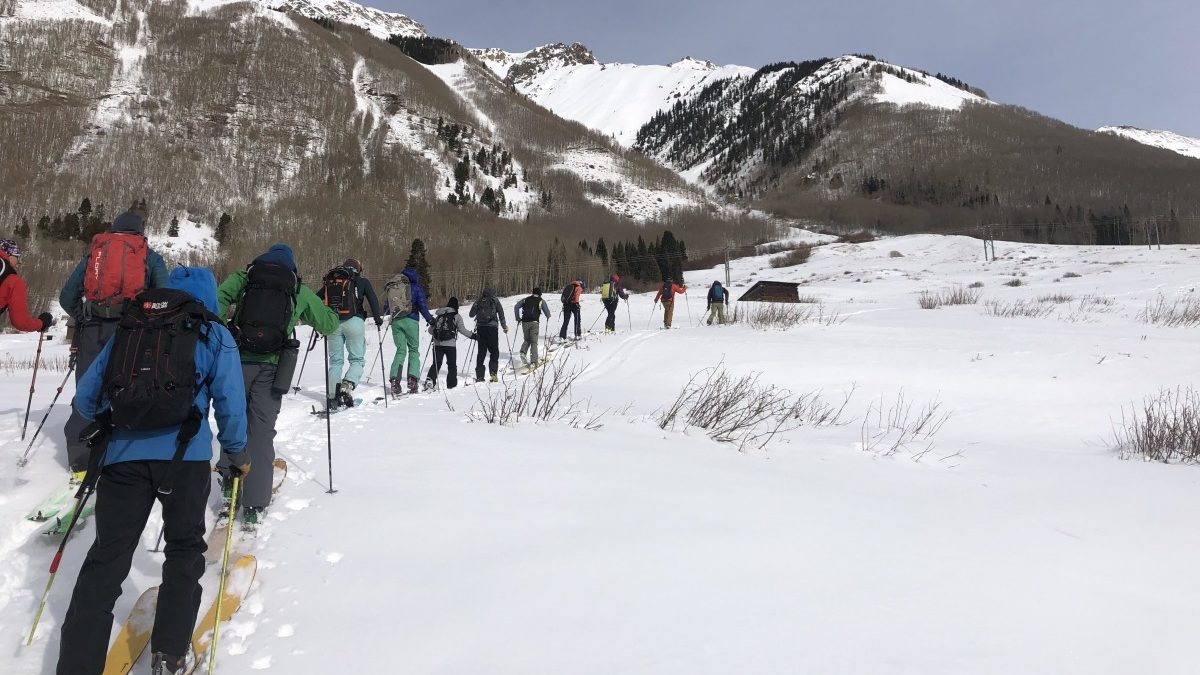Snow has started to fall across the Rockies in early September, and the Pacific Northwest is currently in the “white room” from intense wildfire smoke up and down the west coast. 2020, what a ride! There is transition in the atmosphere as Autumn approaches, and we are still in a trough of uncertainty and throwing plans to the wind. But the big question is: What will the winter look like?
As I read through recent announcements from mega ski resort management about Covid-19 protocols, and imagined them in the context of some of the busiest ski areas in the world, one thought came to my mind: sh##t-show
To summarize, most areas are offering some blend of lift access reservations, standard face covering requirements, limited food and beverage options, and physically distant chairlift operations .
While I can appreciate the commitment and attention to guest safety in order to keep the ski area economy open and moving forward, it is hard to imagine these operations running smoothly in a way that offers the same care free enjoyment of a ski area that we are used to. As someone who spends an increasingly amount of time living in a mountain town in the west, I am acutely aware of how important the ski area industry is to my livelihood, whether that is directly or peripherally. I want these places to succeed in the most effective and responsible way possible (which I know can be a controversial topic at times).
There are numerous contributing factors to how the 20/21 winter will be affected in very tangible ways. It’s critical to look at how the foundation is being laid for the months ahead.
Last spring, ski areas shut down during the best snow of the season, which led to a direct increase in backcountry use, which happened to result in several noteworthy avalanche related incidents and close calls. The snowpack had some complex layering in the backcountry that required users to be highly tuned in and conservative in avoidance. The social atmosphere (i.e. ski shaming) at the time dissuaded people from sharing and reporting observations in the same way under normal circumstances. This was a real reality check for mountain communities.

An image of an avalanche incident requiring search and rescue response in the San Juans last spring.
As the spring rolled into summer, many people (myself included) felt the uncertainty of employment security. I saw the educational landscape change with the inability to safely teach courses in the same way. Tourist economies wondered how their summers would look with various restrictions on traveling. These concerns would turn out to be unfounded as the mountain west went on to experience one of the craziest summers anyone could have ever imagined.
Summer of Covid = Recreation Boom
Places like Telluride saw the biggest and most consistent increase in tourism ever, despite the fact that some of the main attractions (festivals, etc) were shutdown. People from all over the country who had international travel plans cancelled, or spent the spring quarantining in large metropolitan areas flocked to the wide-open spaces of the west that we all know and love.
Outdoor recreation saw a “re-birth” in value, use, and priority. This has been on a steady trend for years, but the spike we’ve seen recently is significant. Outdoor gear sales have skyrocketed as indicated by anecdotes from local outdoor gear shops; “we’ve broken every record in sales this summer”, or, “there’s a two-month waiting period to get a mountain bike right now”.
Local guiding companies saw some of their busiest summer seasons as people are looking for adventure and fresh air. Real estate in the mountain west has seen some of the largest short-term booms on record. Student enrollment in Telluride has seen a 20% increase for this school year. All of these examples are indicative of a greater restructuring of people’s lives and priorities. For some of us, these are priorities we’ve had for decades, and our adaptation to the environments we live in has happened over time. Contrarily, for many coming from big cities who may have visited these mountain towns for a week or two in a year, these shifts in lifestyle are happening at a rapid pace.
Looking to the Winter Ahead
As we stand on the doorsteps of autumn and winter, my question is: what are the implications of a rapid shift in more people living full-time in the mountain west, especially in the context of backcountry travel?
The reality is, no matter where you exist on the spectrum of a winter recreationalist–– committed backcountry skin track user to a first chair to last call shredder––you will be affected by any and all of these changes. As to where I fit on this spectrum, my work is ski guiding and teaching avalanche courses in the San Juans of Colorado, I am a member of the San Miguel Search and Rescue Team, and I love to break up fatiguing days in a continental snowpack with care-free gravity fed laps in Telluride.

Here are students practicing their avalanche rescue and patient care skills. How are you preparing for a potentially unprecedented season?
This reality gives me pause. How will I be affected? My recreation? My work? My safety? My community?
I am anticipating a major increase in backcountry users based on the perceived inconvenience of resort skiing. “Why would I pay for a season pass if I have to make reservations to ski on a busy weekend?” This increase in backcountry use, again, has been on a steady upward trend for years, but will we see the same spike that we’ve seen from summer recreation?
It’s important to truly acknowledge that winter time backcountry recreation has far more inherent risks than summer time recreation. More backcountry users is a doubled edged sword for me. More gear sales + more people seeking guiding + more people seeking avalanche education = better for the industry = more money in my pocket.
Conversely, more people in the backcountry = more people making decisions in relatively small areas = more potential for incidents. In places with a continental snowpack, without critical route-finding and terrain awareness, the backcountry is rarely a safe place to be mid-winter. How do we as a greater community manage this?
Some of it has to happen at a retail level; it is critical that backcountry gear shops don’t just sell a newbie a brand-new touring set-up without a nod to education, experience, and mentorship. But this also raises the question: How do we provide meaningful and effective educational experiences in a Covid landscape? How do we make all of this accessible to help decrease the number of avalanche fatalities this season?
This is a multi-faceted situation, and one without much precedent. We have a short period of time before the snow really starts falling. What conversations are you having with your partners, or your extended community members that are talking about getting into backcountry skiing this year? How are we going to look out for each other while also protecting the sacred spaces that mean so much to each of us? How are you continuing your education to be more of an asset to the community in the event of an incident?
These are wild times to be enjoying wild snow.

Jonathan Cooper (“Coop”) grew up in the Pacific Northwest and has been playing in the mountains since he was a teen. This was about the same time he made the fateful decision to strap a snowboard to his feet, which has led to a lifelong pursuit of powdery turns. Professionally speaking, he has been working as a ski guide, avalanche educator, and in emergency medicine for over a decade. During the winter months he can be found chasing snow, and passing on his passion for education and the backcountry through teaching avalanche courses for numerous providers in southwest Colorado, and the Pacific Northwest. Similarly, his passion for wilderness medicine has led him to teach for Desert Mountain Medicine all over the West. If you’re interested, you can find a course through Mountain Trip and Mountain West Rescue. In the end, all of this experience has merely been training for his contributions to the almighty WildSnow.com.

